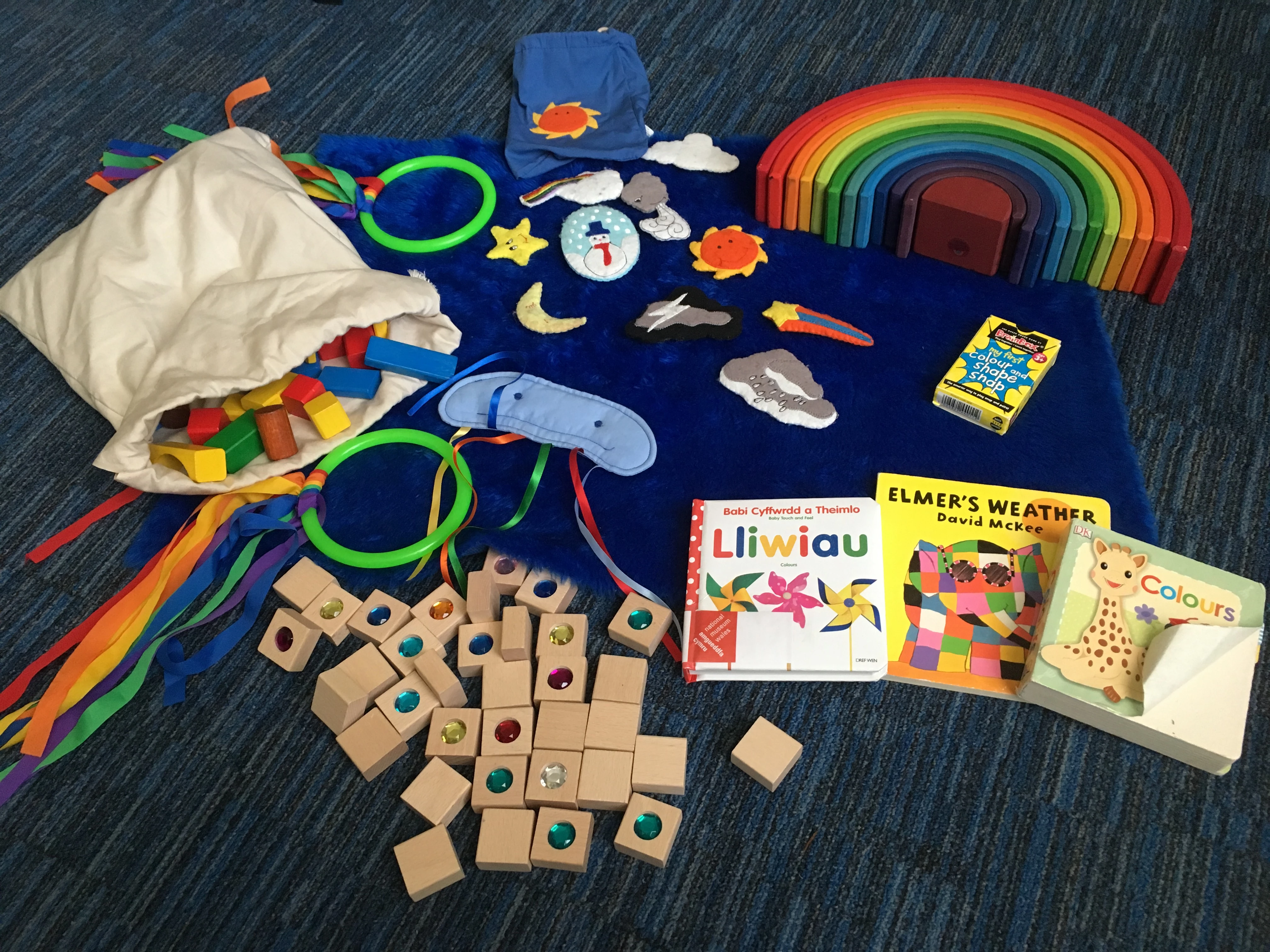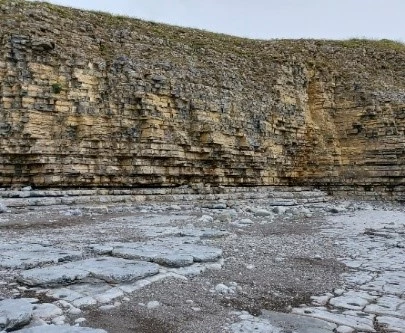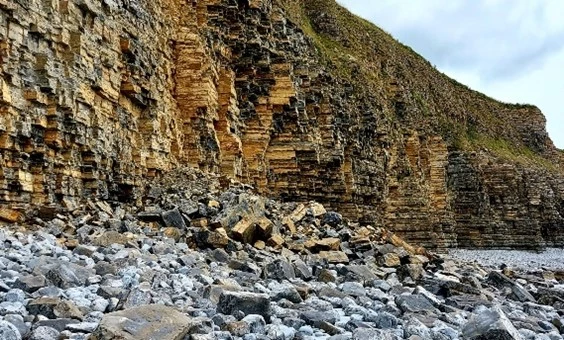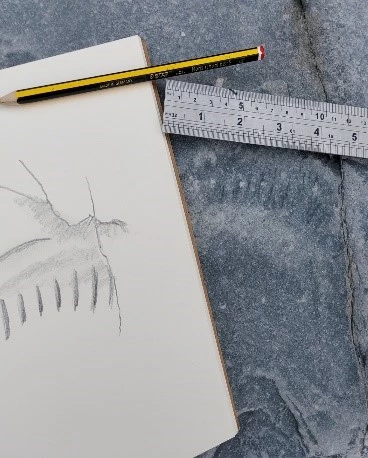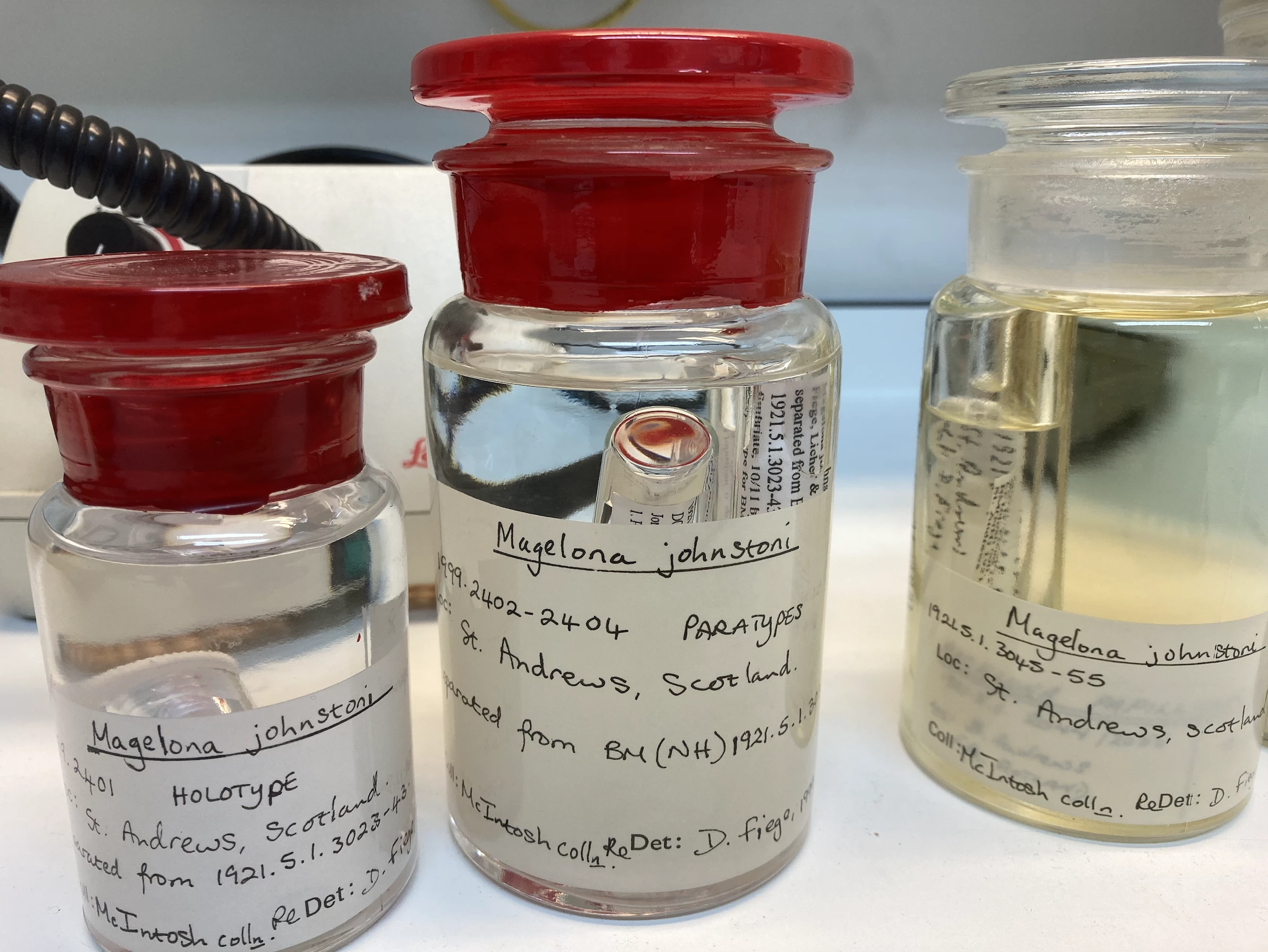School Weather Observations
, 7 January 2022
Hi Bulb Buddies,
Thank you for sharing your weather data to the website. I’ve attached some of your comments below. It’s interesting to hear your observations on the weather and I’m excited that so many of your plants have peeked through the soil.
Keep up the good work Bulb Buddies,
Professor Plant
Your Comments:
Carnbroe Primary School: We have found that 6 of our plant have green shoots.
St Michael's RC Primary: We aren't in school today so we are submitting now in case we forget later!
Ysgol Y Ddwylan: Diweddglo sych i wythnos gwlyb.
Fleet Wood Lane Primary School: Not that much rain this week. Last day of school today! see you next year. p.s merry Christmas and a happy new year!
St Mary's Primary School (Cardiff): The daffodil bulbs started to grow. We have put some leaves on top to protect them from the cold.
Ysgol Deganwy: Four more plants have started to come out of the soil.
Stanford in the Vale Primary School: Temp is rising and we are getting a bit more rain. MERRY CHRISTMAS.
Llanharan Primary School: Colour starting to show on some of the Crocus
Glyngaer Primary School: It was very damp and it had been a bit stormy.
Sandal Castle VA Community Primary School: We had snow on Monday 29th November! Prof P: I hope the snow was fun Bulb Buddies!
Our Lady of Lourdes Primary School: This week our rain-gauge froze this week. Prof P: That’s exciting Bulb Buddies. Did you thaw the ice to take your rain measurement?
Stanford in the Vale Primary School: The rain is starting to appear, and the temp is dropping.
Pil Primary School: It rained all week and it was quite cold.
Hendredenny Park Primary: We were late on Tuesday so we did it at half past two instead.
St Michael's RC Primary: The sky looked a funny colour today, we thought it would rain or snow but it was dry all day.
Henllys CIW Primary: Some of our bulbs are trying to push through.
Our Lady of Peace Primary School: It was very cold on Monday and lots of rain on Wednesday!
Ysgol Deganwy: 1 plant has started to grow by 1cm.
Moffat Academy: This week was dry and sunny but the temperature was quite cold and windy. The week went fast.
Moffat Academy: Rainy week but the rain collector was tipped over frequently. On Monday we had a snowy day.
Fleet Wood Lane Primary School: It has been cold this week!
Cilfynydd Primary: We think we have more than the mystery bulbs growing. Prof Plant: That’s exciting Bulb Buddies. I’d love to see a photo of your mystery mystery bulb!
Glyncoed Primary: Some of our bulbs have started to grow.
St Mary's Primary School (Cardiff): We are starting to see that some plants are starting to grow now. Hopefully these will grow fully soon!
St Patrick's Legamaddy: More of a wet week this week with Storm Barra.
St Joseph's Cathedral Primary (Swansea): Our plants were affected by the heavy wind. Some of the soil has been blown out of the pots and some of the bulbs are showing. We will put some soil on top again. Prof Plant: Welldone for looking after your bulbs Bulb Buddies!
Ysgol Deganwy: 1 more plant has started to grow.
Oaklands Primary: It was quite a wet week but still warmer than last week. We have noticed that some of our bulbs are starting to peep through the soil!
Glyngaer Primary School: It was much colder than the temperature we recorded. It was very windy and it made it feel very cold.
Oaklands Primary: It's been a really dry, but very cold week here. We've had frost and we are hoping for some snow on the weekend.
Our Lady of Lourdes Primary School: This week has had high and low temperatures!
Oaklands Primary: We hope that our bulbs aren't getting too swollen by the rain. It's been a wet one here this week! Prof Plant: I’m sure your bulbs will be Okay. If you notice water collecting at the top of your pots the soil may be saturated and you could tip the excess out.
Ysgol Chwilog: diolch am help efo talgrynu
Gavinburn Primary School: There wasn't much rain and it was fun learning how to do the weather records. Prof Plant: I’m glad to hear that you are enjoying the project Bulb Buddies.
Glyncoed Primary: We were not in school on Thursday and Friday so didn't collect any data.
Gavinburn Primary School: It was a mild week. We enjoyed doing the weather records.
Glyncoed Primary: Our Mystery Bulb has sprouted!!
Willow Green Academy: Gradually got colder as the week went on.
St Michael's RC Primary: It’s felt much colder this week!
Willow Green Academy: Rainfall early Monday Morning. No fall after.
St Michael's RC Primary: It feels like there’s been more rain than there actually has! Prof Plant: It sounds like you’ve had a drizzly week Bulb Buds.
Our Lady of Peace Primary School: It was very cold today!
Darran Park Primary: The weather has been sunny and dry for 4 days and on Friday the temperature has dropped and it has rained.
Stanford in the Vale Primary School: It’s been a cold week especially on Thursday - they say we have snow forecast for next week! Prof Plant: Was the forecast right Bulb Buddies? Have you had snow?
Pil Primary School: It has been very cold and windy this week and there was no rain. We have enjoyed recording the rainfall and temperature this week.
Canon Peter Hall C of E Primary School: All done before midday.
Ysgol Tudno: Do we empty the rain gauge every day? Prof Plant: Yes please Bulb Buds, empty the rain gauge after taking your readings Mon-Fri.
St Joseph's Cathedral Primary (Swansea): Everything has been ok this week. We need to make sure that children don't move our plants.
Outwood Primary Academy Kirkhamgate: It was windy. It was cold. It snowed at the weekend. We saw the green tips of five shoots. We covered some of the bulbs with more soil as they were not covered. We are working as a team in school. Prof Plant: Fantastic Bulb Buddies, keep up the great work!
Llanharan Primary School: We have started to see daffodils and crocus begin to sprout in several of the pots.
Fleet Wood Lane Primary School: Merry Christmas PS-thank you for the card
Pil Primary School: The temperature didn't change much this week. We liked reading the thermometer this week.
Hendredenny Park Primary: On Tuesday, Wednesday and Thursday we took the measurements late because we were practising our Christmas concert.
Outwood Primary Academy Kirkhamgate: It feels cold. It's windy. DRY. It's been damp.
Logan Primary School: It has been quite mild weather this week.
Our Lady of Lourdes Primary School: It was a very wet week!
Our Lady of Lourdes Primary School: We love our garden gang!
Our Lady of Peace Primary School: Sorry we're late we didn't know how to send this information at first, but we've got the hang of it now. Prof P: Well done Bulb Buddies, keep up the good work.
Gavinburn Primary School: It was a very dry starter week. We enjoyed doing the weather records
YGG Tonyrefail: It's been a dry week. Wythnos sych yr wythnos hon!
Henllys CIW Primary: Sometimes there is dew still in the pot in the afternoon and not rain.
Our Lady of Lourdes Primary School: It was drier this week.
Stanford in the Vale Primary School: What a dry week! The temperature seems to be dropping.
Canon Peter Hall C of E Primary: Data taken between 9 and 10 in the morning.
Glyngaer Primary School: It was grey, boring, damp, drizzly, cloudy and gloomy. Although it drizzled all week our water gauge didn't collect even half a mm of water.
Pil Primary School: The weather has been very mild this week with some rain. We liked recording our results!
Carnbroe Primary School: No shoots as yet.
Our Lady of Peace Primary School: The temperature was higher on Thursday and Friday than usual!
Cilfynydd Primary: We have one plant pot with two plants growing. They are starting to grow really tall. Prof P: Fantastic news Bulb Buddies!




